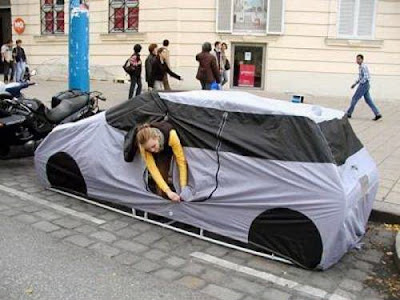
The start-up biofuels company LS9, of San Carlos, CA,
is using “synthetic biology” to engineer bacteria that can make hydrocarbons
for gasoline, diesel, and jet fuel. Their goal is to create designer bugs that produce and excrete
hydrocarbons. LS9 Renewable Petroleum biofuel will be clean burning, carbon neutral,
and has the potential to provide for a large portion of our long term energy needs.
Derived
from
diverse agricultural feedstocks, these new fuels will be
compatible with current distribution and consumer infrastructure –
unlike ethanol. The production process is also much simpler than
producing conventional ethanol, and requires 65% less
energy: while ethanol needs
to be distilled at high temperatures, Renewable Petroleum gently floats
to the surface of the reaction vats in which it’s produced.
The company has $5 million in funding from Khosla Ventures, the
venture capital firm of Vinod
Khosla, founder of Sun Microsystems and passionate biofuel evangelizist. LS9 CEO Noubar Afeyan cautions that no one can
tell the extent to which any biofuel will displace fossil fuels. "That is
a subject of great debate and great prognostication," he says. "The
opportunity is so large that I don’t have to believe in much more than a few
percentage points of market penetration for it to be worth our investment."
If all goes to plan, LS9 fuels may be available as early as 2011.
Via: Technology Review


 While Dell has received a fair amount of
While Dell has received a fair amount of 

